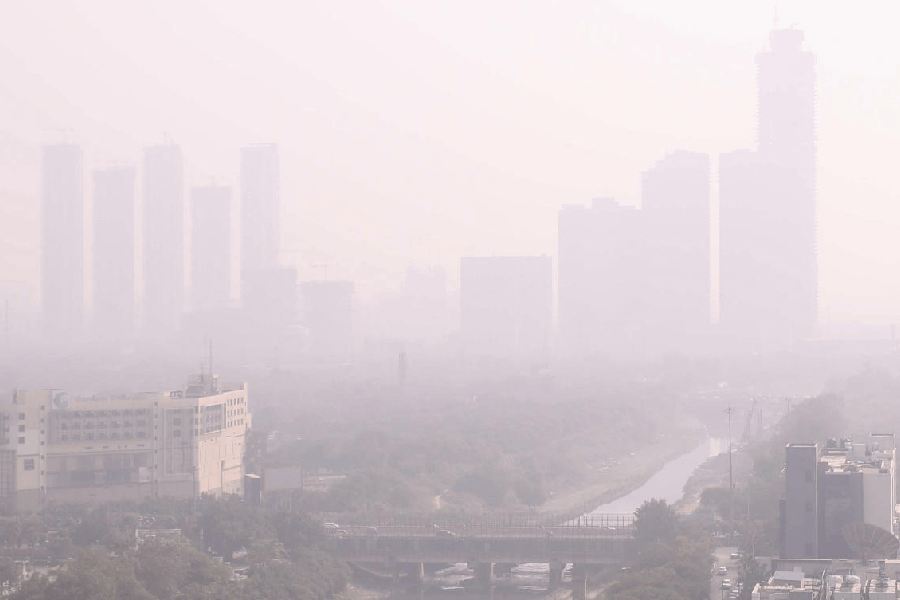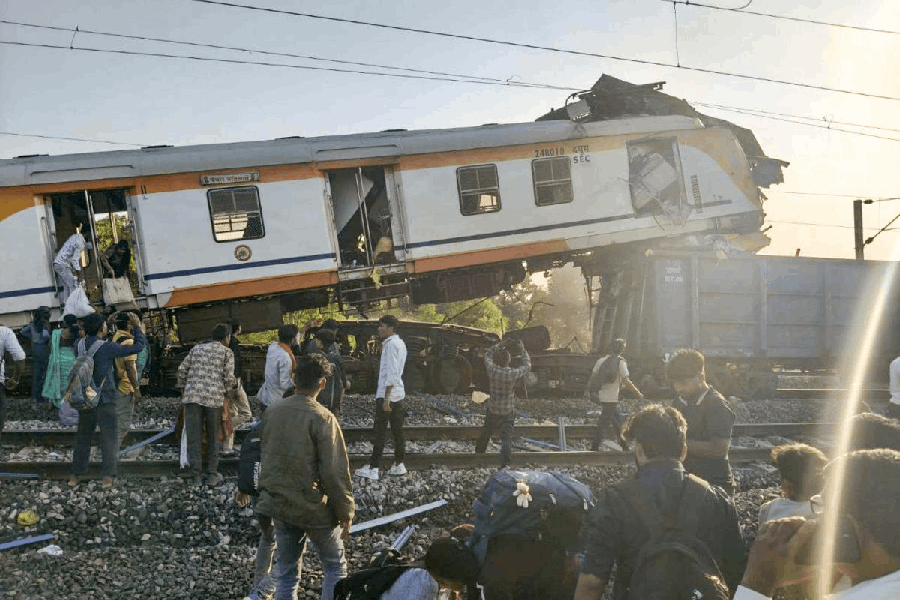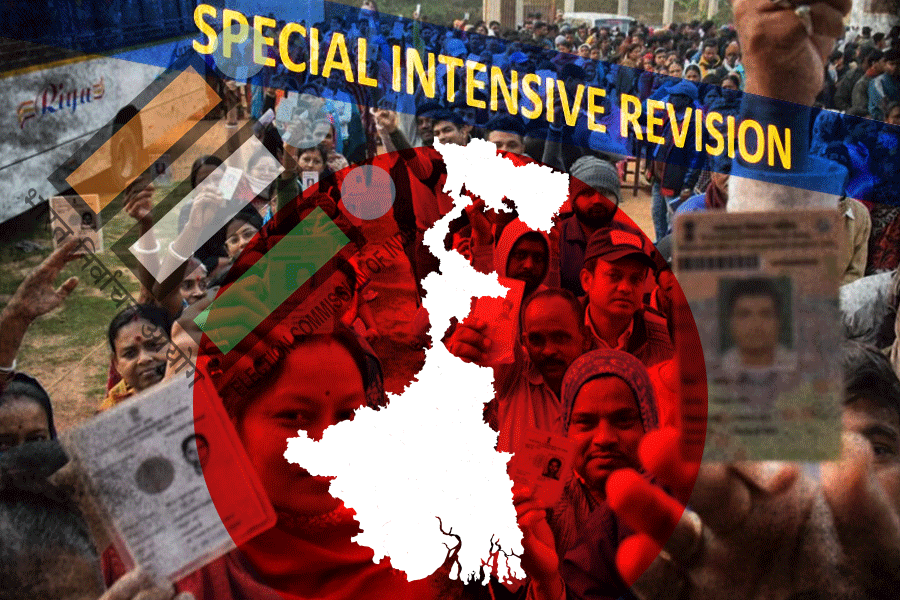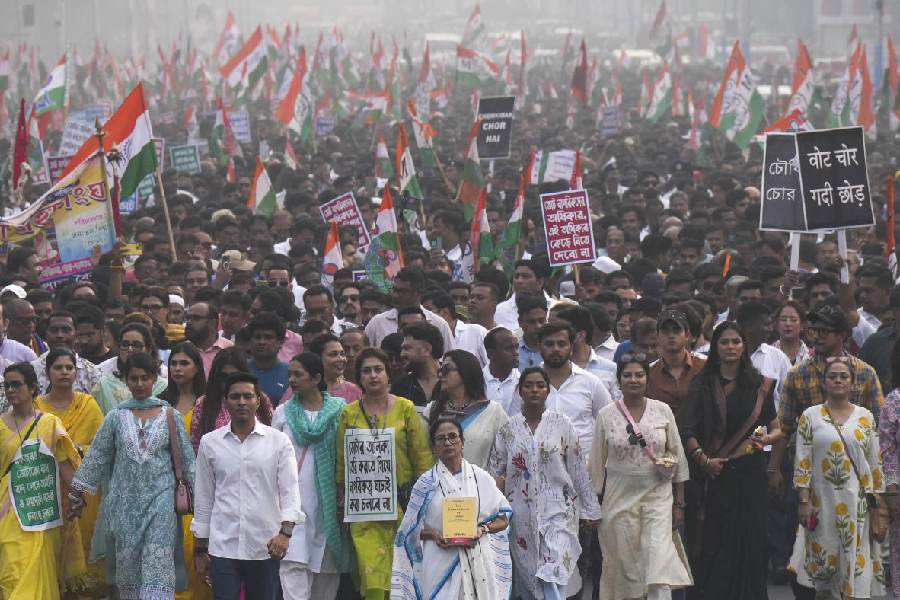 |
| The brain before a stroke |
For several hours, the software executive in Mumbai ignored the silent, painless screams from his brain. When he found his hand numb and weak one morning, he just thought he’d slept on it, and waited for it to regain strength. But the problem lay not in his hand but in his carotid artery ? the blood vessel that carried oxygen-rich blood to the brain. There, layers of fat had narrowed the channel and were obstructing blood flow to the region of the brain that controlled hand movement.
It was six hours before he visited a doctor and another two before tests revealed that he had just suffered a stroke ? an abrupt disruption of blood supply to the brain. Patients with stroke ?whether caused by clogged arteries that cut off blood supply or bleeding in the brain from a ruptured blood vessel ? have the best chance of recovery if they receive the correct treatment within the first three hours of the incident. The man was past that point and had suffered irreversible loss of thousands of brain cells, leading to partial paralysis of his hand.
However, doctors would count him among their lucky patients, for a seven-city hospital-based Indian study has shown that six out of 10 stroke victims die or remain severely or moderately disabled following a stroke. Take West Bengal Communist Party of India (Marxist) state secretary Anil Biswas. The politburo member suffered a massive stroke on March 18.
 |
| After a haemorrhagic stroke |
Medical studies have revealed that for most patients in the country, the outcome of stroke is typically far worse than just a hand that won’t respond to commands from the brain. Doctors estimate that strokes kill some 2,000 people across India every day. The annual incidence of stroke in India is about 200 per 100,000 people above the age of 20.
In human terms, the stroke survival statistics translate into tens of thousands of people who have to resign themselves to a lifetime of paralysis, loss of vision or speech each year. “India is already facing a stroke epidemic,” says Praful Dalal, a senior neurologist and research director at the Lilavati Hospital in Mumbai, and a principal investigator in the multi-city study. “And as medical care and survival rates improve, the country will face an enormous social and economic burden to meet the costs of rehabilitating stroke survivors,” Dalal says.
The stroke epidemic doesn’t surprise doctors. The same risk factors that cause coronary heart disease ? high blood pressure, diabetes, use of tobacco and a sedentary lifestyle ? also increase the chances of stroke. Yet, doctors suspect, unlike coronary heart disease, stroke hasn’t yet struck a chord in the public psyche.
Fresh data from an ongoing community-based survey in Calcutta also suggest that haemorrhagic strokes are more common here than in the West. “We appear to be witnessing more of the uglier, more dangerous manifestation of stroke,” says Tapas Kumar Banerjee, a neurologist at the National Neurosciences Centre at the Peerless Hospital in Calcutta who’s been coordinating the Calcutta survey that has covered 50,000 residents across the city.
Doctors suspect that poor control of high blood pressure might explain the high proportion of haemorrhagic stroke. “High blood pressure generally does not produce significant symptoms and it remains unrecognised,” said Shyamal Das, a neurologist at the Bangur Institute of Neurology in Calcutta, a collaborator in the survey.
Fatalities from stroke also appear to be higher here than the fatality rates reported by doctors in Western countries. The Calcutta survey, for instance, has revealed that one in three victims of stroke will die within 30 days of the event ? twice as high as the 30-day case fatality rate reported from Western countries. “Haemorrhagic stroke is known to have a higher rate of complications,” Banerjee says.
Doctors suspect that the relatively higher death rates from stroke stem from both lack of awareness as well as a shortage of dedicated stroke units that can render the best therapy in the shortest time. “There is colossal ignorance among the public,” holds Shirish Hastak, neurologist at Lilavati Hospital, who also points out that India has over a thousand coronary care units, but fewer than 20 dedicated stroke units.
“People associate pain with disease. Strokes don’t usually cause pain, so people don’t take the first symptoms seriously,” Hastak says. In many patients, strokes might be preceded by what doctors call transient ischaemic attacks ? temporary disruption of blood supply to parts of the brain because of fat deposits in the arteries ? that might cause momentary dizziness, vision problems, slurred speech, or even weakness of a limb.
“These are the early warning signals, and they shouldn’t be taken lightly,” cautions Pushpendra Renjen, a consultant neurologist at the stroke clinic at the Apollo Indraprastha Hospital in New Delhi. Because they don’t last longer than a few minutes, most people tend to dismiss them. A 48-year-old Mumbai businessman who found himself involuntarily lapsing into slurred speech slapped himself in the face and visited a dentist before visiting a neurologist and being diagnosed with a transient ischaemic attack.
 |
A survey by doctors at the Christian Medical College in Ludhiana reveals the level of ignorance about stroke even among relatives of stroke patients. In a study of 942 relatives, doctors found that 45 per cent of people didn’t even know that the brain was the organ affected in stroke. One out of five did not know a single symptom or a warning sign, and one in five could not name a single risk factor.
The speed with which diagnosis is made and therapy administered is crucial in both ischaemic strokes and haemorrhagic strokes. Studies have established that the outcome of stroke is best when patients are administered the right drugs within the first three hours of the onset of symptoms.
Patients suffering even early symptoms need a CT scan that can help doctors distinguish between ischaemic stroke and haemorrhagic stroke to decide on the course of therapy. However, studies show that there is sometimes a delay of several hours or even days before patients get treatment.
In anticipation of the burgeoning stroke statistics, neurologists have joined cardiologists in India in calling for intensive campaigns for lifestyle changes that would reduce the risk of stroke. “Primary prevention is crucial because therapy is unlikely to be accessible to all patients,” says Renjen. Coupled with hospital stay and the drugs typically used to dissolve clots, therapy could typically cost over Rs 1 lakh.
With high blood pressure recognised as the most important risk factor, doctors recommend community-based screening programmes to identify people with high blood pressure who are still unaware of their condition.
Neurologists say the same recommendations that help reduce the risk of cardiovascular disease, diabetes and high blood pressure also would have an impact on the stroke statistics in the country. The list of actions is well known: eat right, don’t smoke, exercise and cut down on salt.
“Just keeping salt and pickles off the table could be a good way to start,” says Hastak.










